
7 seconds. It is not very common for people to surprise recruiters & rowing managers at that time frame. It is estimated that people spend an average of 7.4 seconds (which is very short) per viewing on the initial resume.
Essentially, the way your resume looks can significantly affect how you will be perceived in interviews.
The Ladders study found that a candidate’s resume will perform better if a layout flows well and uses easy-to-understand language. Recruiters also point out that a given candidate can’t just cram everything together on their resume.
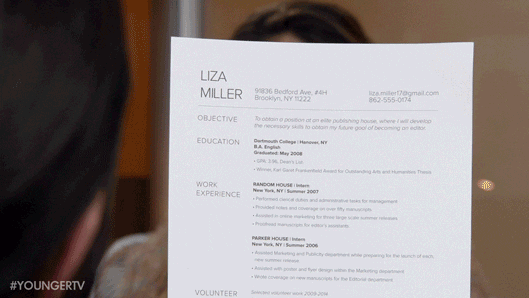
Resumes work best when they’re telling your story. This document demonstrates what you can do for an employer, as well as what you stand for. It is essential to include your individuality to stand out!
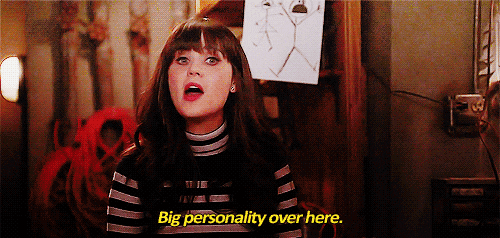 The first impression you give is significant because it’s the first time your audience sees you. So if that’s true, then every detail has to be perfect.
The first impression you give is significant because it’s the first time your audience sees you. So if that’s true, then every detail has to be perfect.
Your font choice should be:
There are countless fonts to choose from, but some might not be entirely professional. It can also be hard to find the right font for your needs. Others work well but may seem dull. There are so many different ones to try!
Here are some great fonts to look out for:
 Calibri is a pretty standard typeface that’s also reasonably easy to read. This means that other applicants will, too. And a job seeker for a marketing executive position probably will have seen it before, which makes it slightly less creative.
Calibri is a pretty standard typeface that’s also reasonably easy to read. This means that other applicants will, too. And a job seeker for a marketing executive position probably will have seen it before, which makes it slightly less creative.
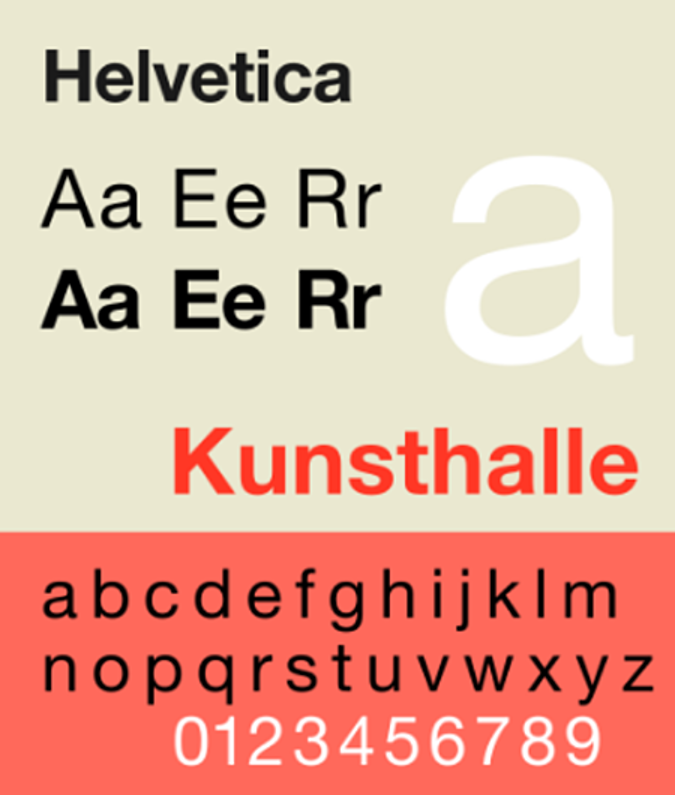 One of the most popular, influential typefaces is Helvetica. Unfortunately, on Microsoft Word, you can’t download it in advance.
One of the most popular, influential typefaces is Helvetica. Unfortunately, on Microsoft Word, you can’t download it in advance.
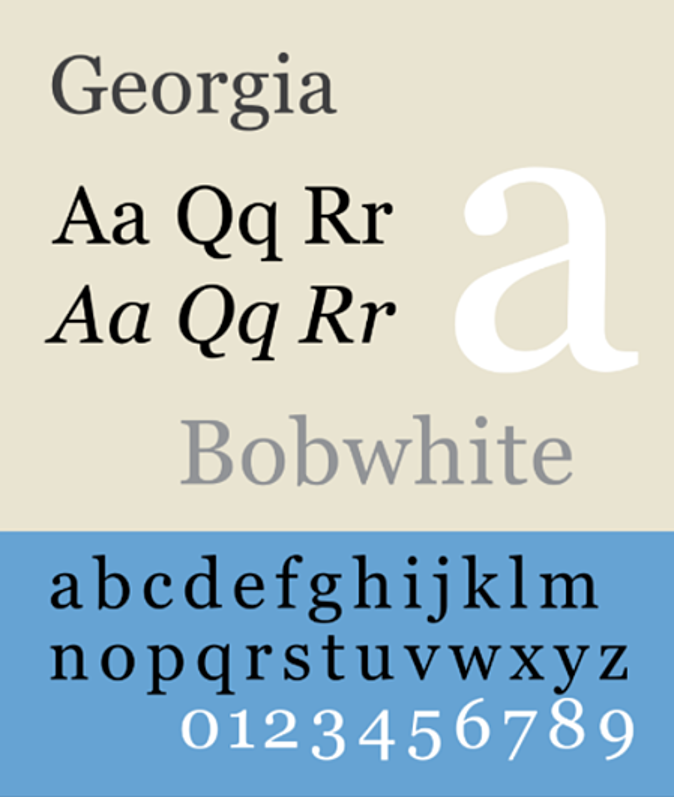 Georgia is compatible with many different programs, and it often replaces Times New Roman. This popularity can make it hard to find, but Georgia is a great font.
Georgia is compatible with many different programs, and it often replaces Times New Roman. This popularity can make it hard to find, but Georgia is a great font.
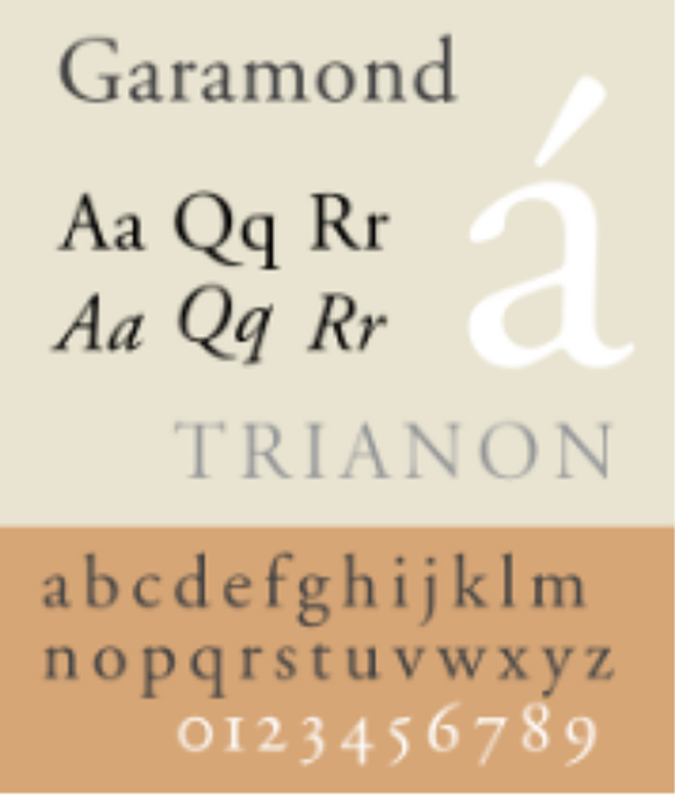 Garamond font is an attractive option because it is highly legible and beautiful despite being an older font. Plus, there are not too many fonts that use this style. If you’re looking for something less common than Times New Roman and Arial fonts, this might just be the one for you.
Garamond font is an attractive option because it is highly legible and beautiful despite being an older font. Plus, there are not too many fonts that use this style. If you’re looking for something less common than Times New Roman and Arial fonts, this might just be the one for you.
 Using a clean, professional font with weight variations is a great way to prepare your resume for potential digital viewers. However, be careful of fonts that are too heavy - they may not display as clearly.
Using a clean, professional font with weight variations is a great way to prepare your resume for potential digital viewers. However, be careful of fonts that are too heavy - they may not display as clearly.
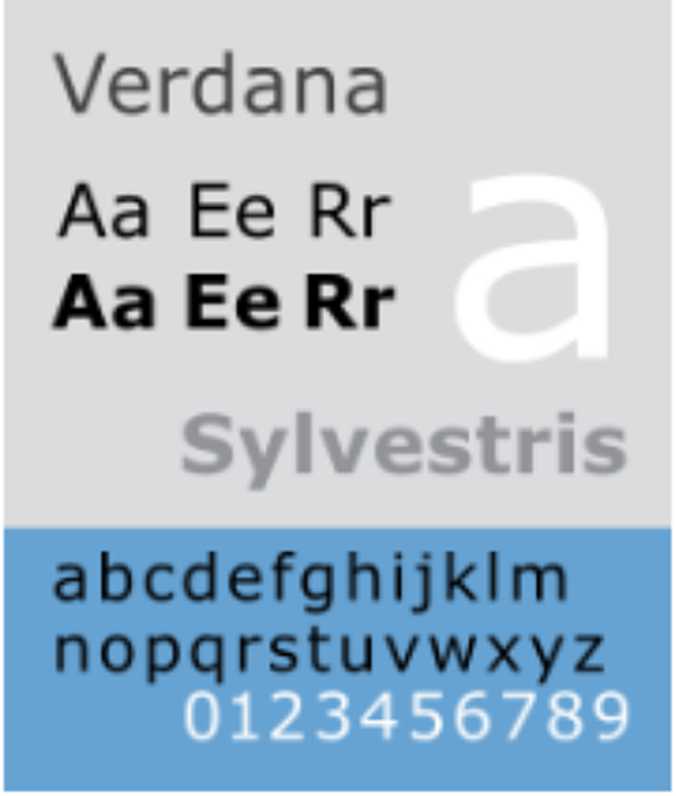 One neat option is to save a lot of page space by removing whitespace. Sadly, it doesn’t bring as much detail to the table as Arial and other basic fonts.
One neat option is to save a lot of page space by removing whitespace. Sadly, it doesn’t bring as much detail to the table as Arial and other basic fonts.
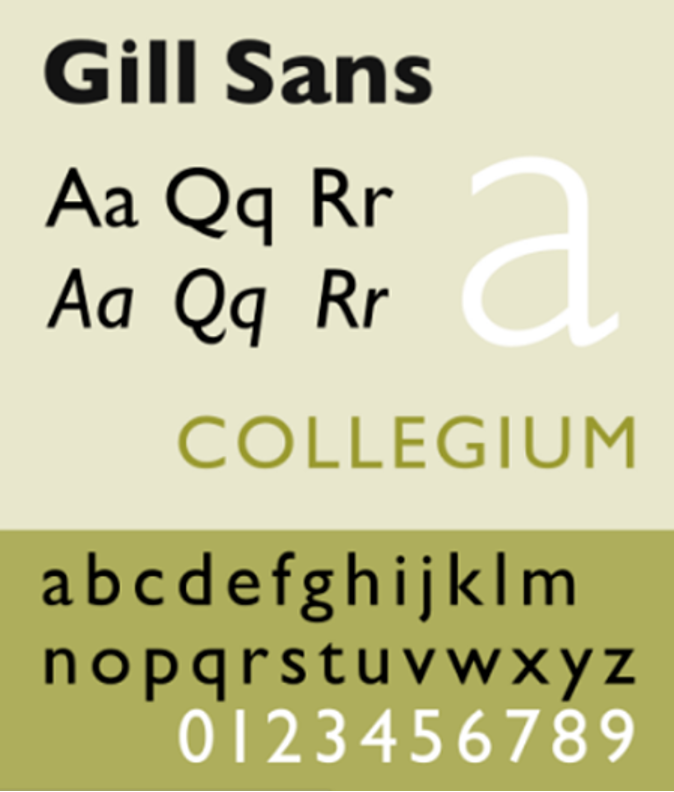 Gill Sans is a popular font that can provide a stylish touch to your design. It’s modern and user-friendly but may be overused soon.
Gill Sans is a popular font that can provide a stylish touch to your design. It’s modern and user-friendly but may be overused soon.
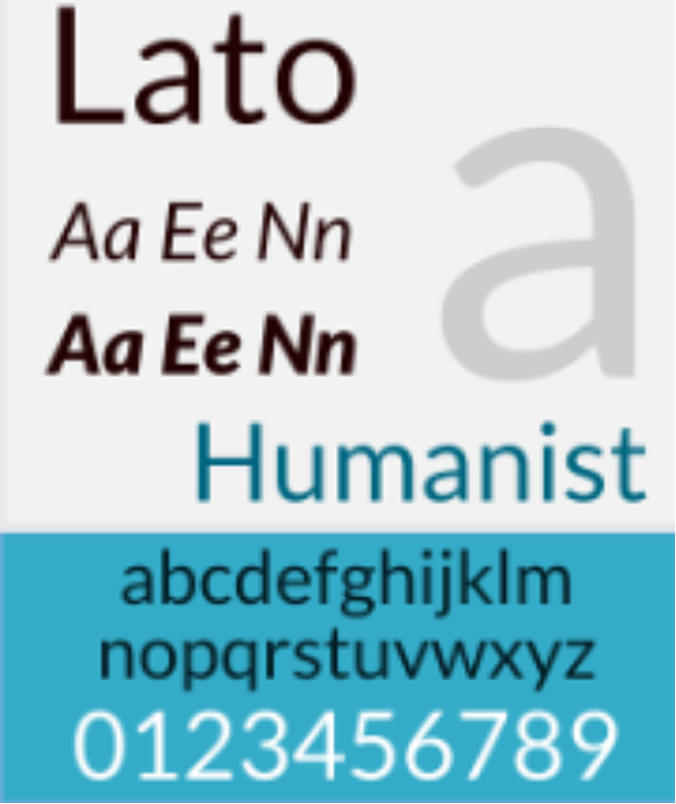 Lato is a free, clean, and simple sans serif font. It might look a little underwhelming on paper, but when you size it up a bit, its unique characteristics reveal themselves. It’s also great for resumes.
Lato is a free, clean, and simple sans serif font. It might look a little underwhelming on paper, but when you size it up a bit, its unique characteristics reveal themselves. It’s also great for resumes.
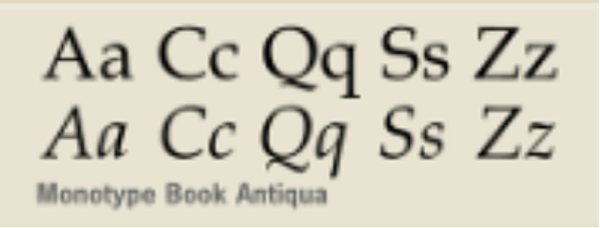 It has a more romantic look than most fonts in the Serif category. We’re sure that every design project would be much better off with this font. However, it may not be as modern as some tastes prefer.
It has a more romantic look than most fonts in the Serif category. We’re sure that every design project would be much better off with this font. However, it may not be as modern as some tastes prefer.
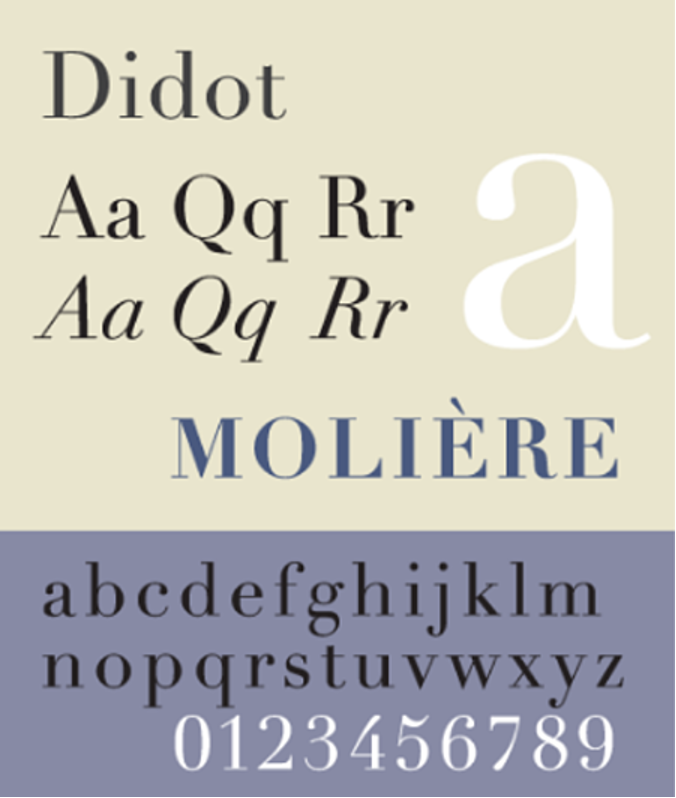 Didot is popular in the fashion world, giving titles to many well-known brands. This makes it easy to make your resume look fancier. It is not free though and can annoy readers if there’s too much text on your page."
Didot is popular in the fashion world, giving titles to many well-known brands. This makes it easy to make your resume look fancier. It is not free though and can annoy readers if there’s too much text on your page."
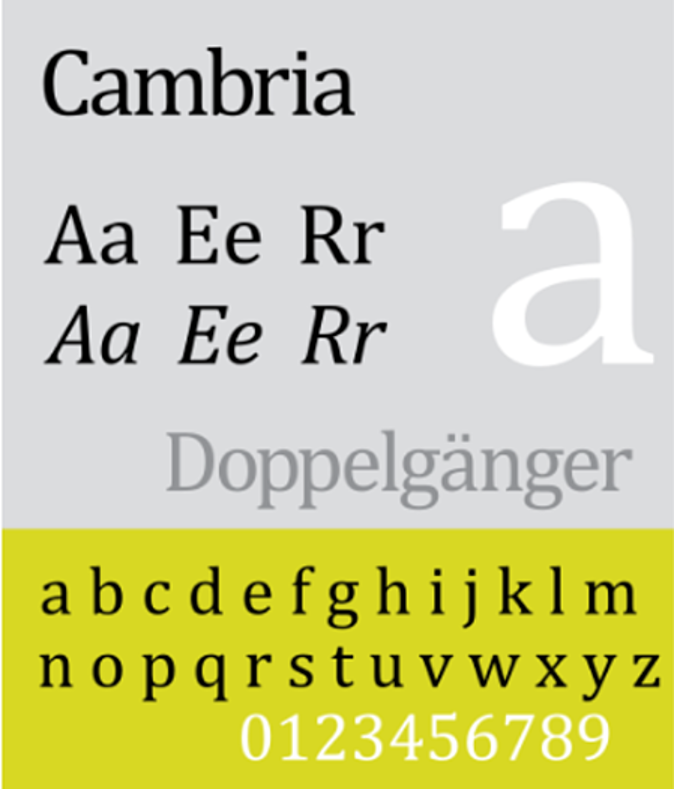 An easy-to-read font, we suggest Cambria. It’s unassuming and traditionally classic while remaining elegant - this may play in your favor or against it, depending on the company or organization you’re sending your resume to.
An easy-to-read font, we suggest Cambria. It’s unassuming and traditionally classic while remaining elegant - this may play in your favor or against it, depending on the company or organization you’re sending your resume to.
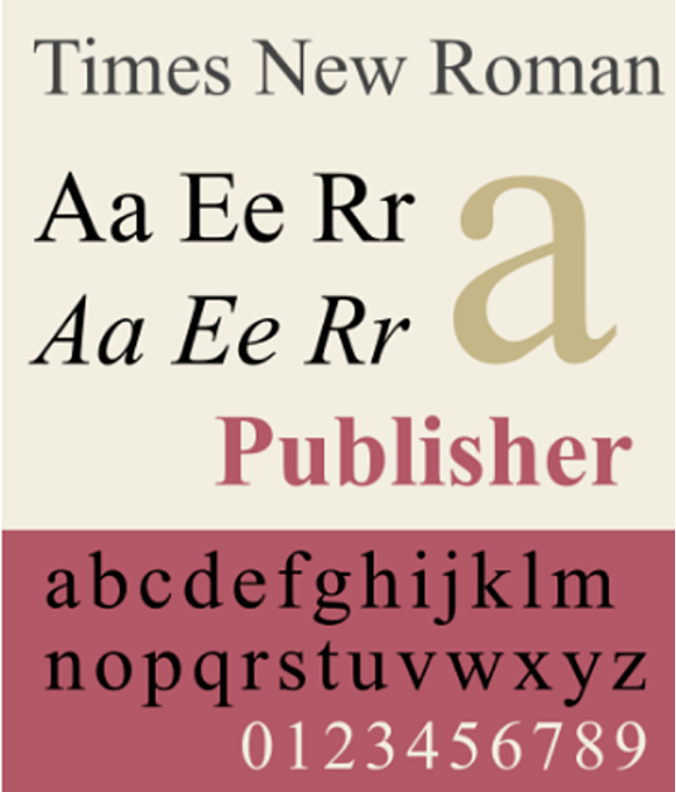 Professionally, it is the preferred font for most documents, from offers to e-books, as it’s easy to read. It’s also used all over the world, which means that your resume won’t stand out.
Professionally, it is the preferred font for most documents, from offers to e-books, as it’s easy to read. It’s also used all over the world, which means that your resume won’t stand out.
Deciding on a font that is both impressive and reflects your personality can make a more exciting resume. And it doesn’t have to be complicated, and there are plenty of options out there. Just pick the one that seems best for you!
Here are a few more details to be aware of:
Make sure you use a font size of 12 points. While this may take up more space, it ensures that the text is large enough to read without much room on the page. Using a larger font size for headings or section headings is acceptable, but make sure to keep it appropriate.
If it is difficult to fit all the information on one page, try using a smaller size, such as 10 points. But you need something easy to read, so chose a convenient balance between too little or too much content.
Some people overlook the power of matching two fonts in their resumes. While it won’t make your resume come alive, it does give you a more polished look. You can combine an italic font with a standard font to give your document a crisp & clean appearance.
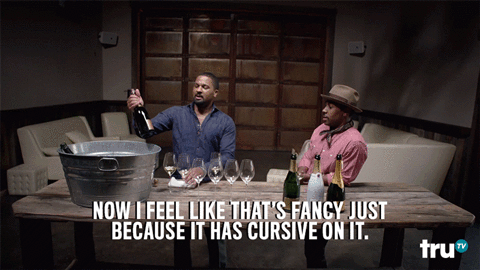 Headings should make the reader’s attention immediately shift to what they signify. It can be an issue for long texts as your readers will start to feel the need to skip the content. The best way is to use a font as expressive as headings and bigger than body text.
Headings should make the reader’s attention immediately shift to what they signify. It can be an issue for long texts as your readers will start to feel the need to skip the content. The best way is to use a font as expressive as headings and bigger than body text.
These two effects are significant for highlighting certain words but don’t overdo it. You still want your resume to look clean and easy to digest.
Bold text can be used to draw attention to headings or subtitles without increasing the font size. It should be used in the same way as italics if you are simply highlighting the location of an institution (for example, your university) in a list of other diplomas.
One of the best ways to take your career in a new direction is to have a strong resume. So it’s essential to consider all aspects when working on yours- even the details. For example, the font you choose will give recruiters or row managers their first impression of you, so choose wisely.
However, the most important thing you must do is stay yourself and apply for positions that fit your personality and interests. Maintain a resume that still features you as a person and keep it updated with the latest skill-sets.